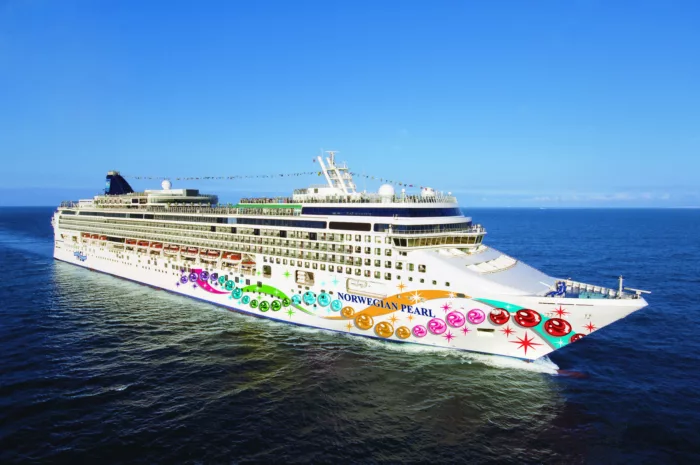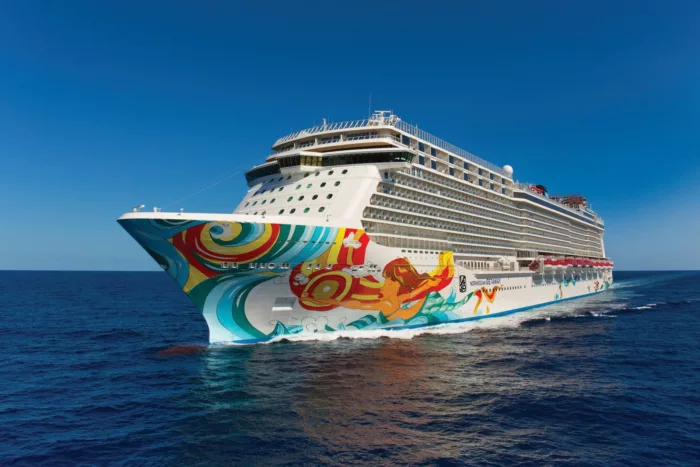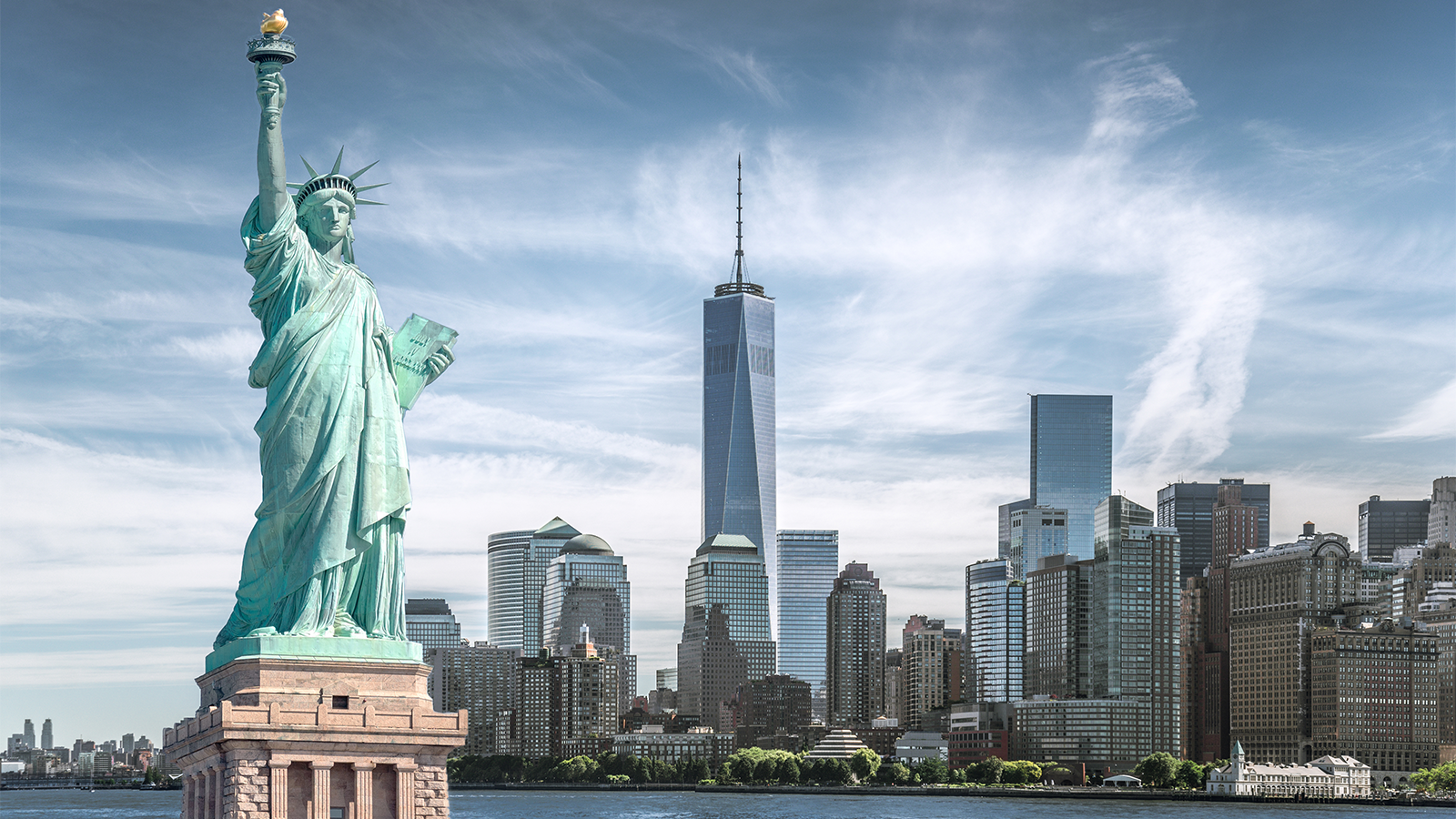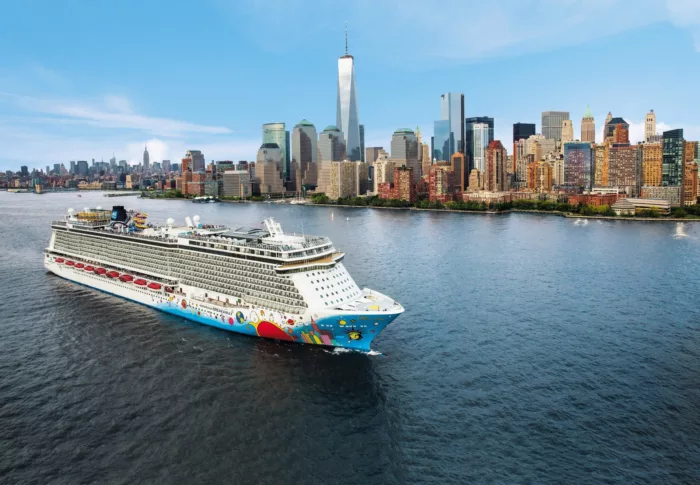
Norwegian Cruise Line
Founded in 1966, Miami-based Norwegian Cruise Line (NCL), part of global cruise company Norwegian Cruise Line Holdings (which also owns Oceania Cruises and Regent Seven Seas Cruises), is the third-largest cruise line in the world in terms of cruise passengers. NCL has become well-known for its colourful ships featuring a pop-icon style painted hull.
2394
Passengers
1072
Crew
2006
Launched
2021
Last refit
93530t
Tonnage
294m
Length
38m
Width
22kts
Speed
12
Decks
USD
Currency
Cruise Itinerary
Ship Details


Norwegian Cruise Line
Norwegian Pearl
Cruise to the breezy islands of The Caribbean, or simply sit back and sail through the world's greatest shortcut on a Panama Canal cruise.
Cabins
All Prices

















